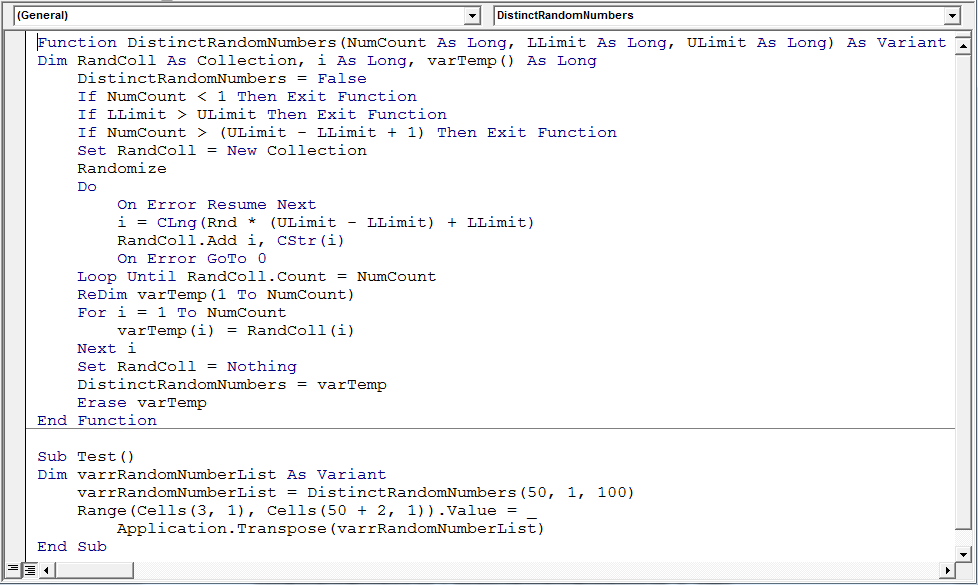

It was therefore a natural choice to use the language (in its VBScript incarnation) as the macro language for QlikView.Īs already mentioned above this document is not intended as a manual for Visual Basic. Visual Basic has during the last few years turned into a macro and scripting language widely used by major software producers. In comparison with its ancestor Visual Basic however has a number of additions which make it a quite modern object oriented programming language. Visual Basic is a programming language with roots in the old BASIC language, known to almost everyone, who has ever programmed a computer. For this reason a few words about the language could be appropriate in this documentation. Visual C++, but for most users Visual Basic in one of its forms is likely to be the first choice. Such code could of course also be written in other programming languages supporting Automation, e.g. Visual Basic is a very suitable language for writing macros and other programs for controlling QlikView via its Automation interface. VBA can be used to prompt a user in a way that makes this input unavoidably mandatory.Visual Basic programming language ON THIS PAGE For example, you may need a user's input for their first and last name to put on a form. You can perform very normal tasks but perform them in an easier, automated manner. VBA can be used to copy and paste values, adjust cell styles for an entire workbook, and strike accelerator keys. You also may use VBA to produce lists of customers’ names or any other content create invoices, forms, and charts analyze scientific data, and manage data display for budgets and forecasting. This includes filtering through different situations that may impact outcomes differently. With Visual Basic for Applications, you can create various portfolio-management and investment scenarios. You can use VBA in Excel to create and maintain complex trading, pricing, and risk-management models, forecast sales and earnings, and to generate financial ratios. Macros allow financial professionals-whether accountants, commercial bankers, investment bankers, research analysts, salesmen, traders, portfolio managers, clerks, or administrators-to analyze and adjust huge amounts of data quickly.


 0 kommentar(er)
0 kommentar(er)
